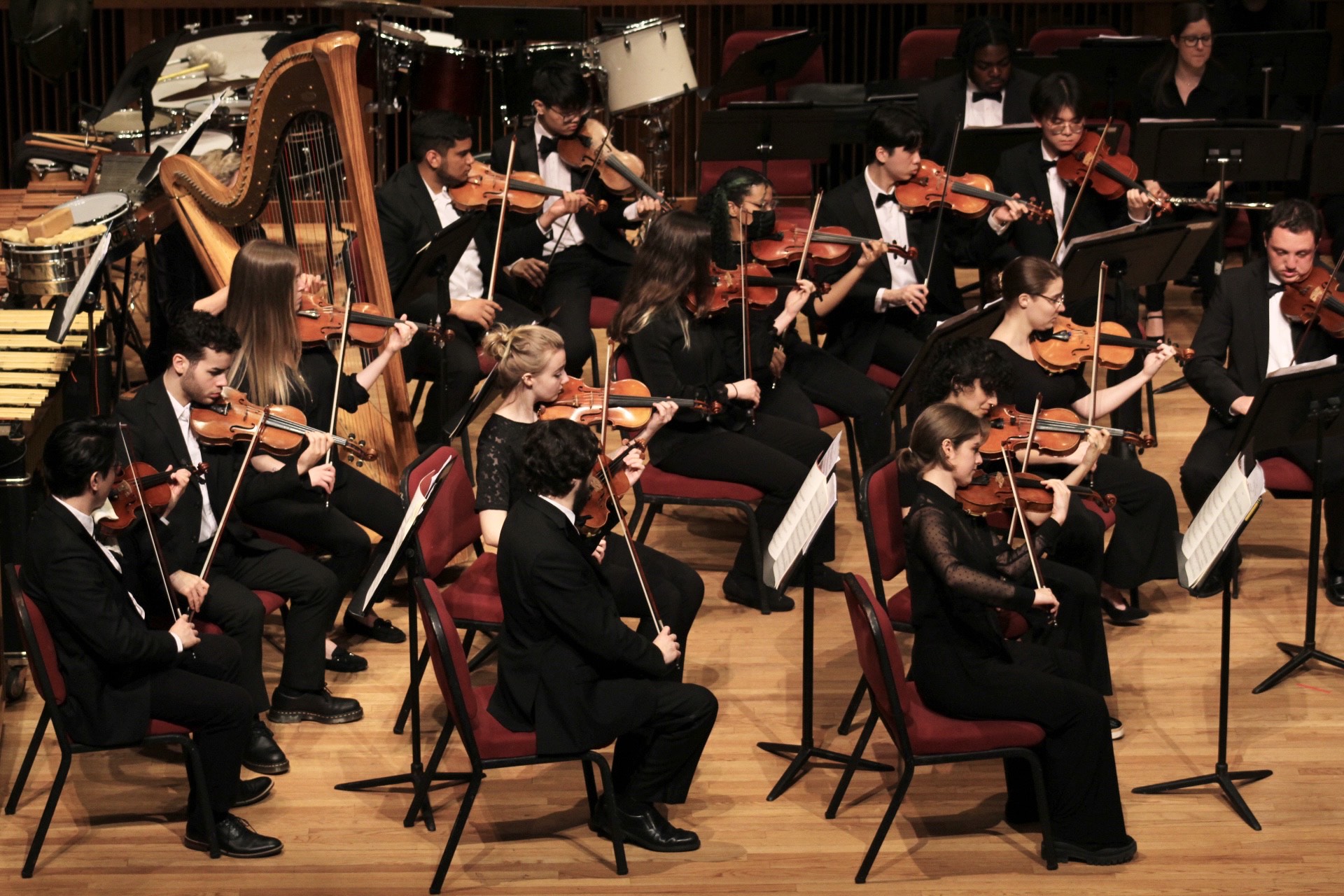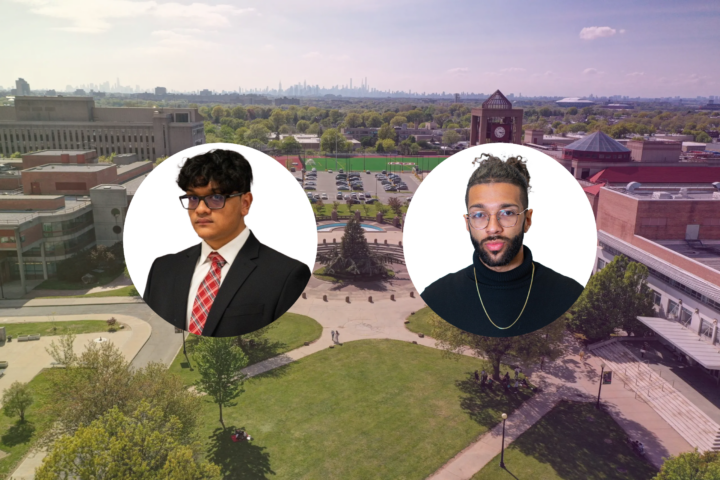Johannes Brahms’ gloriously luscious Ein Deutsches Requiem graced the ears of audience members at Colden Auditorium this past week. The project was a multi-departmental effort at the Aaron Copland School of Music, where the orchestral members and choristers collaborated to tackle this monumental masterwork. This performance is a part of the Queens College Choral Society’s masterwork concert series, featuring members of Vocal Ensemble, Treble Choir, the Queens College Orchestra, as well as people from the community who return to sing every year.
Dr. James John, the conductor and artistic visionary of this project, reflects upon Brahms’ work, professing that his lyrical and beautiful music works in tandem with the text to supply listeners with a sense of comfort. As a requiem the traditional purpose of the genre is to honor the souls of the dead, but Brahms’ requiem expands on this ideal to provide solace to those who have experienced any kind of loss.
Brahms himself further described this piece as a ‘requiem for all of humanity.’ Dr. John beautifully embellishes upon this notion, claiming that Brahms, “Chose texts that offer consolation, solace for humanity, peace and joy. Not joy that ignores grief, but the kind of joy that encompasses grief, gives rise to gratitude, and reminds us of the beauty of that which is.” This performance was dedicated to the memory of Prof. Lawrence Eisman, who was a pillar of the Music Education Department at Queens.
Upon being asked what makes Brahms’ score particularly interesting to study and conduct, Dr. John detailed that, “Underneath the beautiful surface there are amazing layers of complexity—in particular, rhythmic complexity.” Brahms’ composition is bestowed with fugues that create a rhythmically diverse texture when intertwined with sections of homophony throughout the piece as a whole. Not only does the rhythmic intricacy of the requiem enkindle intrigue among listeners, but it also allows entertaining lines to be performed, as Dr. John claims, “There is never a dull moment with Brahms.”
In response to the rehearsal process, Tyler Rochakim, the undergraduate tubist, describes that Dr. John fosters an ‘open’ and ‘constructive’ environment. Rochakim attests that Dr. John ,“Conducts us with a very clear vision in mind, and to see all the beautiful work he does with our sound is truly refreshing.” As one can see, the orchestra provides the choir with an elegant and rich bed of sound to ride on, imparting upon the audience a dramatically opulent sound.
Preparing such a challenging requiem has illuminated the dedication of all members involved in this department. Marcella Grancaric, the undergraduate chorister, reaffirms that the ‘long and arduous’ rehearsals the ensemble attended are inevitable when assembling such a grandiose piece.
Grancaric further states, “The music itself is not easy, as it traverses a number of key signatures and chromatic passages, but is some of the most beautiful music ever written.” The time that students dedicate to the annual masterwork concert is no small feat, as it is a true display of the craftsmanship that encompasses the Aaron Copland School of Music.
As the masterwork concert series is a tradition here at Queens College this upcoming Fall, Choral Society will be performing Margaret Bonds’ Ballad of the Brown King along with Paul Moravec’s Sanctuary Road. Lastly, next year, Mozart’s Requiem and Stravinsky’s Mass will be performing.












To me music is one of the most difficult art to learn. There is huge of amount of work that these guys put in. Hats off to the students and their professors.